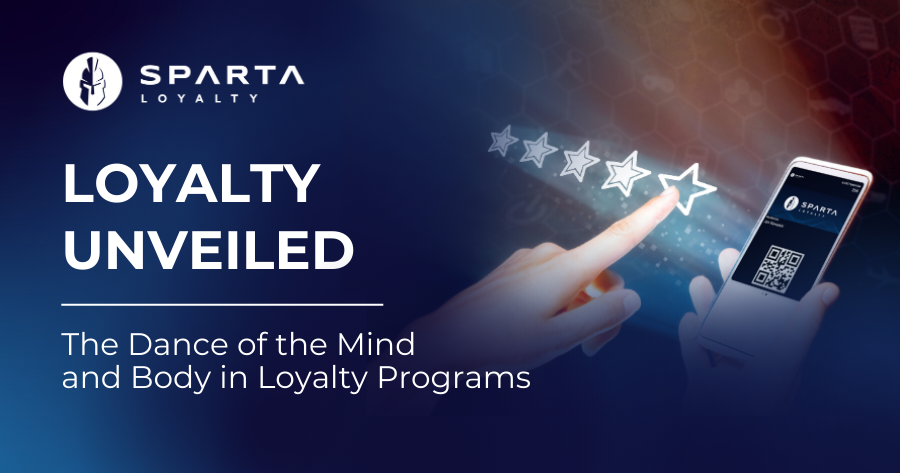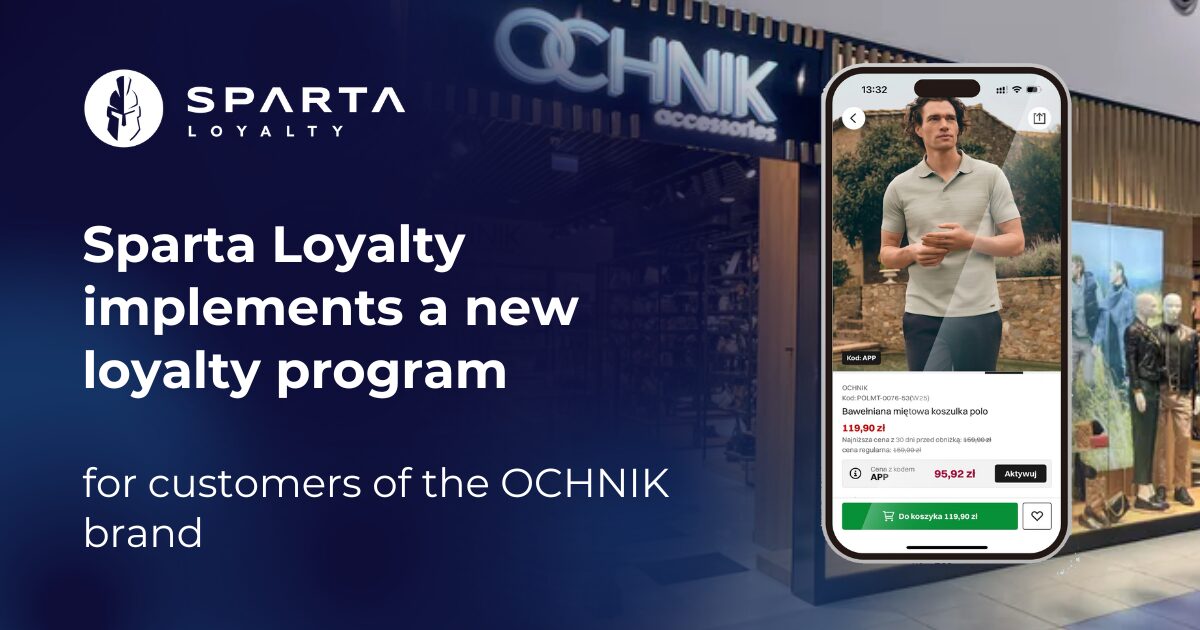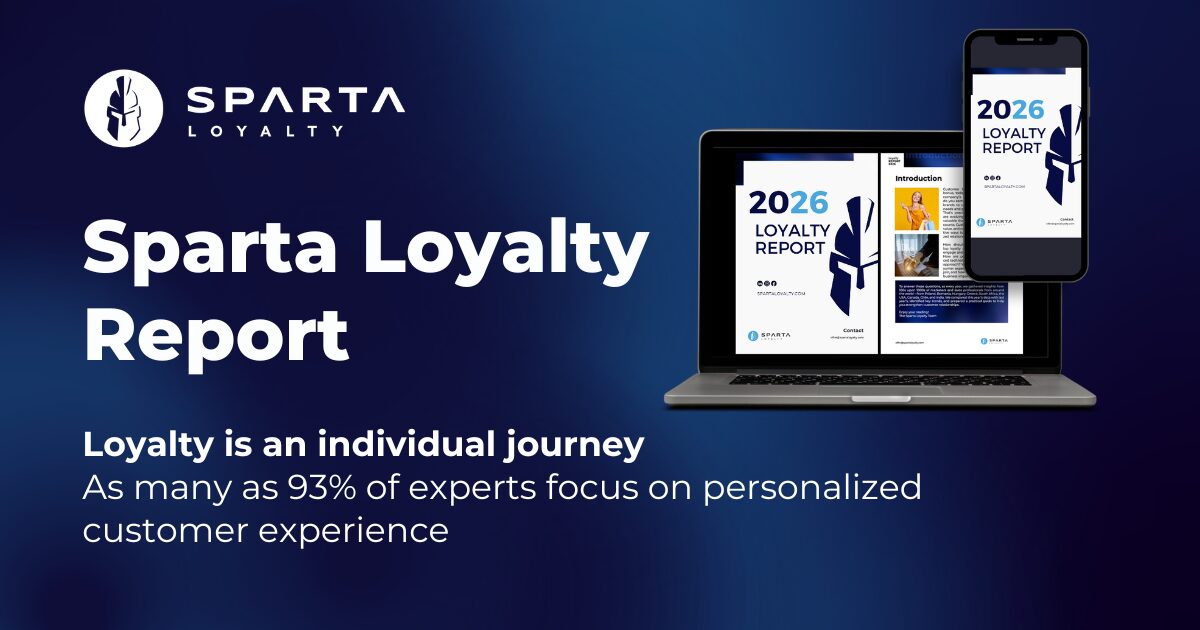In the wake of the pandemic, the inflation crises, and Russia’s invasion of Ukraine, loyalty programs have undergone a transformative journey, creating a chasm between consumers and companies. As industries strive to bridge this divide, valuable lessons have been learned in the pursuit of understanding and catering to the needs of their most loyal customers. This article explores the evolving landscape of loyalty programs, delving into the intricate relationship between customer loyalty’s mental and physical realms and how businesses can navigate this duality to serve their customers better.
A New Trend: The Shift Towards Personalization
As the world begins its journey towards post-pandemic recovery, it becomes evident that customers’ needs and expectations have shifted towards personalized and empathetic experiences. The buzzword dominating the market is “customer experience,” encompassing how participants view loyalty programs and how companies treat their customers, acknowledging their desires and expectations.
For years, many businesses viewed loyalty programs as mere acquisition strategies, treating customers as commodities to be mined rather than individuals with unique needs. Such thinking has undermined the fundamental pillars of loyalty, including brand trust, personalization, and appreciation. To build true loyalty, companies must establish reciprocal relationships with their customers, placing customer experience at the forefront.
Dualism in Theory and Practice
To understand loyalty programs’ essence, we can draw upon the concept of Cartesian dualism, applying it as a framework to describe loyalty programs. This conceptualization allows us to create an axis where the realms of mental and physical loyalty intersect.
The emotional state of customers exists separately from the physical interactions within loyalty programs. The mental realm represents customer experience, while the physical realm encompasses how customers engage with the program. Though distinct, these realms converge and must be harmonized to create an effective loyalty program.
When Two Worlds Collide: The Intersection of Exclusivity and Omnichannel Experience
In an era where customers seek both an omnichannel experience and a sense of exclusivity, the point where these two realities intersect becomes crucial. Companies increasingly value their loyal customers, recognizing loyalty programs’ potential in nurturing these relationships.
Achieving this union is no easy task. Balancing customer requirements with a company’s financial goals demands careful consideration. Companies often face challenges of over-investing in technology, personalization, and experiences that yield limited returns on investment. On the other hand, some companies fail to keep pace with modern options, rendering their loyalty programs outdated. It is vital to remember that the success of a loyalty program extends beyond bottom-line returns. Providing products and services that make customers feel valued and trusted can lead to word-of-mouth referrals, which hold far greater value than acquiring new customers.
“The key to successful courtship between the customer experience and participation in a loyalty program is to make it feel seamless and habitual while reinforcing a consistent positive feedback loop,” says Alexander Kubicki, Head of Marketing and International Sales at Sparta Loyalty. “Humans are complicated, and in troubled times, they seek familiarity and comfort, especially in branding.“
The Tools of Success: Nurturing the Mind-Body Connection
To achieve a harmonious balance between the mental and physical realms of customer loyalty, several factors come into play:
1. Become enthralled with your customers: By directly engaging with customers and understanding their feelings and behaviors, loyalty programs can gather valuable insights. New Balance exemplifies this approach with its “New Balance Club” program. Through their mobile application and extensive communication channels, they have created a personalized experience, gathering feedback and building solid relationships.
2. Prioritize your best customers: Rewarding and appreciating loyal customers is paramount. Briju’s “Więcej Blasku” loyalty initiative excels at this approach. With a tiered loyalty program and exclusive events, they foster a sense of exclusivity and appreciation, ensuring their most active members stay loyal.
3. Stay true to your mission: Playing to your business’s strengths and focusing on what customers enjoy the most is essential. Amazon, led by Jeff Bezos, has revolutionized retail convenience through Amazon Prime. By consistently investing in customer convenience, they have transformed the online shopping experience, aligning their loyalty program with their core mission.
4. Surprise and delight: Creating unexpected and extraordinary actions or offers can evoke heightened emotions and positive reinforcement. Known brands like The Body Shop, Bath and Body Works, and MAC Cosmetics excel in this area, rewarding customers with exclusive event invitations and personalized benefits. Such gestures prompt customers to share positive experiences, generating valuable word-of-mouth marketing.
5. Integrate loyalty seamlessly: Leverage technology and multiple platforms to enhance the efficacy and efficiency of your loyalty program. Embracing different payment methods, such as cryptocurrencies, as seen with companies like Starbucks and Amazon, adds a layer of convenience and technology integration.
Finding the Balance: The Path to Continued Loyalty
In conclusion, by attaining a synergistic balance between the mental and physical realms of customer loyalty, businesses can create successful loyalty programs not only in 2023 but also in the future. Businesses can cultivate enduring customer loyalty by implementing the abovementioned strategies and intertwining customer experience with utility. Remember, loyalty is a dance that harmonizes the mind and body of customer relationships.






